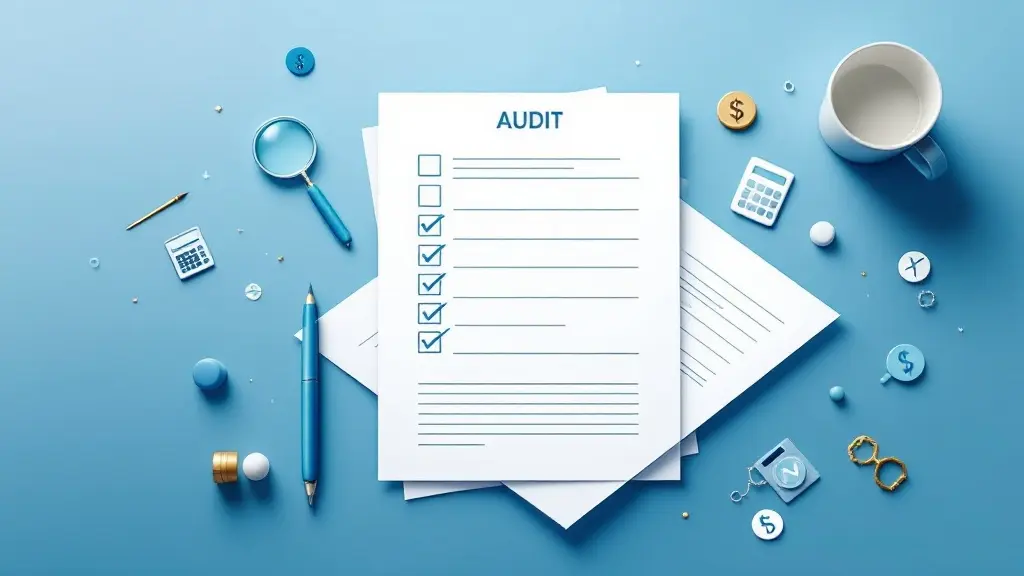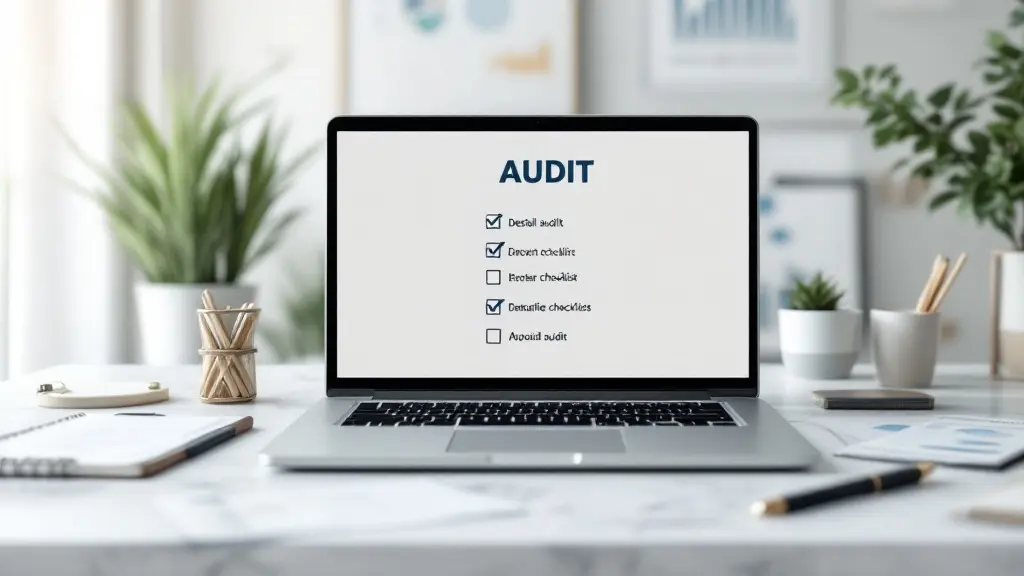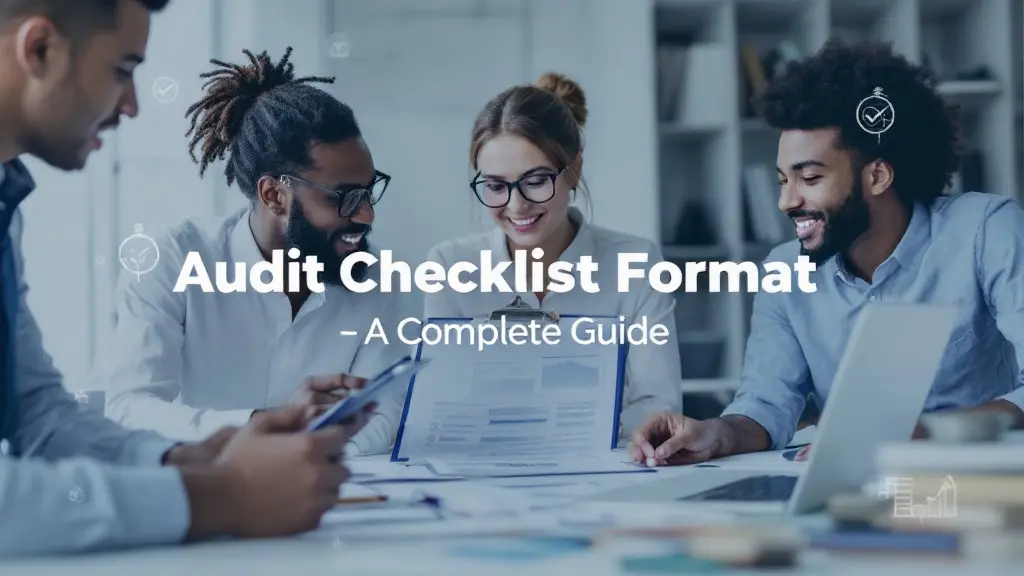The Ultimate Guide to Creating an Effective Audit List
Table of Contents
- ✅ What is an Audit List?
- 🔍 Why is an Audit List Important?
- 📋 Types of Audit Lists
- 🛠️ Components of a Well-Structured Audit List
- 📦 Sample Audit List Template (Financial Audit)
- 🔑 Tips for Creating a Practical Audit List
- 🧠 Common Mistakes to Avoid
- 🔄 How Often Should You Use an Audit List?
- 📊 Benefits of Using an Audit List in the Long Run
- 🌟 Real-Life Example: FinTax24’s Audit Readiness Strategy
- ✍️ Final Thoughts
- 📥 Want a FREE Audit Checklist Template?
Most Read
[fusion_dropcap class="fusion-content-tb-dropcap"]W[/fusion_dropcap]hen it comes to ensuring transparency, compliance, and accuracy in your financial and operational processes, an audit list is your best friend. Whether you’re preparing for a financial audit, internal audit, or an industry-specific compliance check, having a structured audit list can save time, reduce stress, and improve outcomes.
But what exactly is an audit list? How do you create one? And why is it so essential for businesses of all sizes?
Let’s explore these questions and more in this comprehensive yet easy-to-understand guide.
✅ What is an Audit List?
An audit list, often called an audit checklist, is a structured list of tasks, documents, and procedures used to evaluate the accuracy and effectiveness of an organization’s operations. This list guides auditors and internal teams during the audit process to ensure nothing is overlooked.
Think of it as your roadmap—whether you’re reviewing internal controls, verifying financial records, or checking compliance with laws and standards.
🔍 Why is an Audit List Important?
Creating and maintaining a solid audit list brings several advantages:
- Improved Accuracy: Ensures all critical areas are reviewed.
- Time Efficiency: Speeds up audit preparation and execution.
- Risk Reduction: Helps identify issues before they become serious problems.
- Compliance Assurance: Keeps your business aligned with tax laws, financial regulations, and industry standards.
- Consistency: Standardizes the audit process across departments and time periods.
📋 Types of Audit Lists
Different audits require different types of checklists. Let’s take a look at some common ones:
1. Internal Audit Checklist
Used by internal teams to self-assess processes. Typically covers:
- Operational efficiency
- Compliance with internal policies
- Risk management practices
2. Financial Audit Checklist
Helps prepare for audits conducted by external auditors. Includes:
- Balance sheet reviews
- Income and expense verification
- Bank statements
- Supporting documents (invoices, receipts, etc.)
3. Tax Audit Checklist
Ensures all tax-related documentation is ready:
- GST returns
- TDS/TCS filings
- Income tax returns
- Tax payment challans
4. IT Audit Checklist
Covers technology infrastructure and data security:
- Access controls
- Backup and disaster recovery plans
- Software licenses
- Cybersecurity protocols
5. Compliance Audit Checklist
Used for ISO, legal, or industry-specific regulations:
- Licensing and permits
- Health and safety standards
- Environmental regulations
🛠️ Components of a Well-Structured Audit List
A good audit checklist is more than a to-do list. It should include:
📁 1. Documentation Requirements
Clearly mention the documents that need to be collected and reviewed.
Example:
- Last 3 years’ financial statements
- Inventory records
- HR policies
🏷️ 2. Audit Objectives
Define what each item is supposed to achieve. For example, verifying the accuracy of cash flow or ensuring compliance with GST laws.
🕒 3. Timeline and Deadlines
Include deadlines for gathering documents, conducting the audit, and submitting reports.
👥 4. Responsibility Assignment
Mention who is responsible for each task—this could be a team member, department head, or external consultant.
✅ 5. Status Tracking
Use checkboxes or a status column (Not Started, In Progress, Completed) to track progress.
📦 Sample Audit List Template (Financial Audit)
Here’s a simple audit checklist you can adapt for your organization:
| Task | Description | Responsible | Status |
|---|---|---|---|
| Collect Balance Sheet | Get most recent balance sheet report | Finance Team | In Progress |
| Verify Bank Statements | Match with ledger entries | Accountant | Not Started |
| Review Accounts Receivable | Aging report analysis | Finance Head | Completed |
| Check GST Returns | Match with sales and purchase data | Tax Consultant | In Progress |
| Analyze Payroll Records | Match with TDS and EPF filings | HR + Accounts | Not Started |
🔑 Tips for Creating a Practical Audit List
1. Customize According to Business Size and Type
A startup’s audit list will be very different from a large enterprise’s. Tailor your checklist to your business operations.
2. Keep It Dynamic
Update the audit list regularly as business processes evolve or regulations change.
3. Use Digital Tools
Spreadsheets are fine, but platforms like Asana, Notion, or Trello can help manage tasks more efficiently and collaborate across teams.
4. Break Down Complex Tasks
Instead of “Review Financial Statements,” break it into smaller steps like:
- Validate income sources
- Check expense claims
- Reconcile bank accounts
5. Conduct Pre-Audit Checks
Run through the list internally before the actual audit. It reduces errors and builds confidence.
🧠 Common Mistakes to Avoid
- Overloading the List: Focus on key items. Too many tasks can overwhelm your team.
- Lack of Clarity: Vague tasks like “Check Taxes” should be more specific—e.g., “Review FY24 GST Return Filing”.
- No Follow-Up: Assigning tasks is useless if you don’t follow up. Keep audit meetings and status reviews on your calendar.
🔄 How Often Should You Use an Audit List?
- Quarterly: For internal process reviews
- Annually: For financial and tax audits
- Ad Hoc: When there are changes in law, processes, or team members
Remember, audits are not a once-a-year event—they are part of a healthy business cycle.
📊 Benefits of Using an Audit List in the Long Run
- Helps avoid penalties and compliance issues
- Builds a culture of accountability
- Improves investor and stakeholder confidence
- Makes future audits smoother and faster
- Adds value to business decision-making through deeper insights
🌟 Real-Life Example: FinTax24’s Audit Readiness Strategy
At FinTax24, we follow a structured and scalable audit checklist for our internal and client operations. By incorporating periodic reviews, digital tools, and regular training, we’ve reduced audit errors by over 40% and streamlined documentation processes across departments.
This has not only improved compliance but also enhanced client trust and operational efficiency. A well-maintained audit list has been key to this success.
✍️ Final Thoughts
In today’s fast-paced, compliance-driven environment, being audit-ready isn’t a luxury—it’s a necessity. An audit list is a simple yet powerful tool that helps you stay organized, reduce risk, and maintain transparency in your financial and operational functions.
Whether you’re a small business owner or part of a larger organization, investing time in creating a solid audit checklist will pay off in peace of mind and professional credibility.
📥 Want a FREE Audit Checklist Template?
We’ve created an easy-to-use Excel template for your audit checklist needs. Just drop us a message via www.fintax24.in, and we’ll send it to your inbox!
If you found this article helpful, don’t forget to share it with your network or bookmark it for your next audit!
Would you like me to upload this to your WordPress site or turn it into a carousel or infographic for Instagram or LinkedIn as well?









